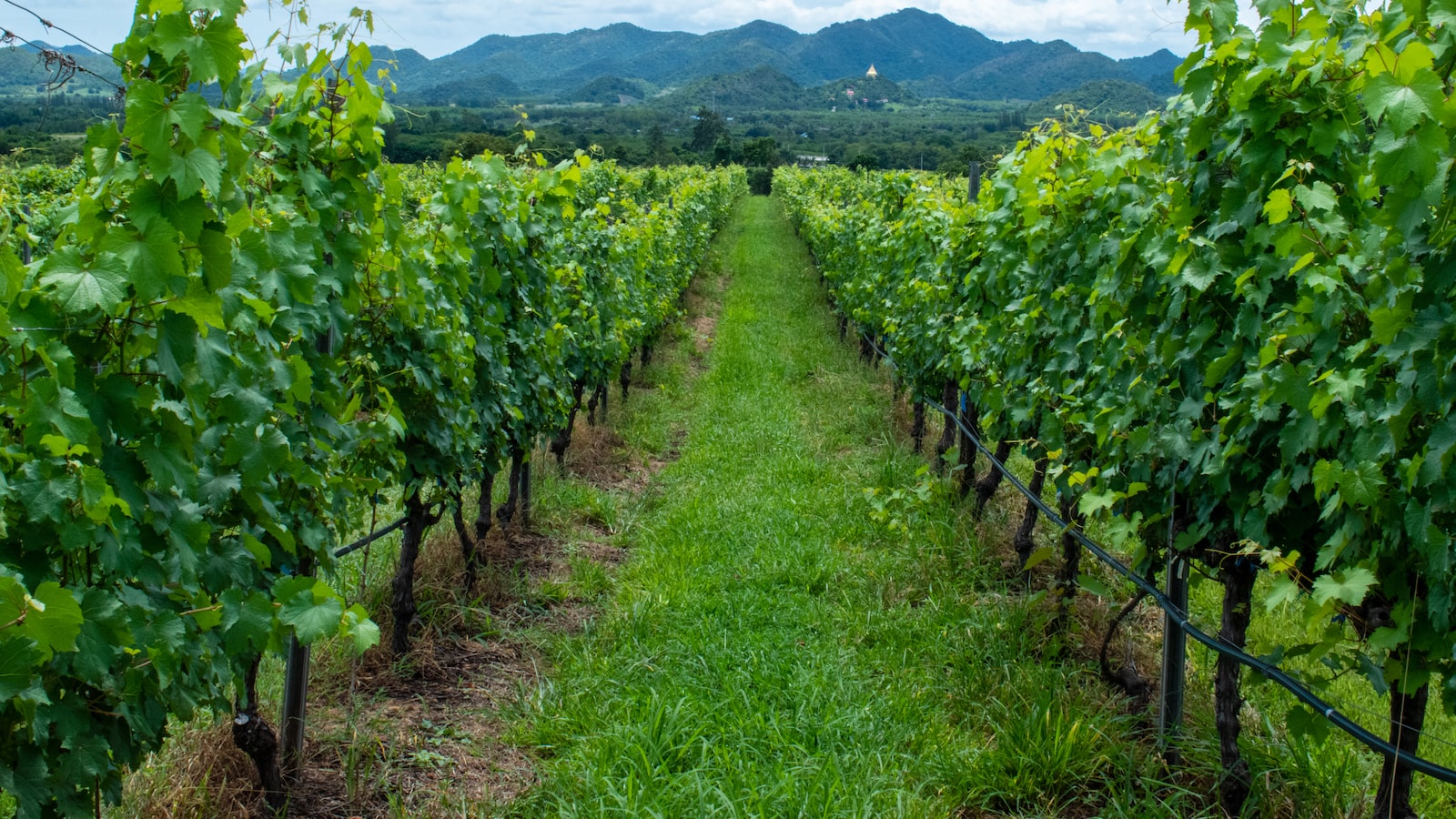Tamil Nadu is enjoying uncharacteristic bountiful rainfall during the southwest monsoon. While this has had a positive effect on the storage in the State’s major reservoirs that are fast filling up, concerns about crop damage must be factored in, say farmers
Tamil Nadu is enjoying uncharacteristic bountiful rainfall during the southwest monsoon. While this has had a positive effect on the storage in the State’s major reservoirs that are fast filling up, concerns about crop damage must be factored in, say farmers
There is a month left before the southwest monsoon officially withdraws. But Tamil Nadu, for which this is not even the primary monsoon, is enjoying a bountiful monsoon with 90% surplus rainfall (as on September 2). While this has had a cascading effect on the State’s major reservoirs that are fast filling up, concerns about crop damage and optimum use of surplus water cannot be brushed aside.
Persistent rainfall over most districts has meant that 90 reservoirs are nearly at 88.70% of their capacity. Nearly 18 districts have registered more than 100% excess rainfall this monsoon.
Also Read | Tamil Nadu records third highest rainfall for August in 122 years
August this year turned out to be a record-breaking month. Meteorologists said this was the third rainiest August in 122 years as the State received 93% more rain than its monthly average. The copious flow in the Cauvery had set a new record of water realisation from Karnataka, with the quantum crossing 200 thousand million cubic feet (tmc ft).
This year, the Mettur dam has maintained its full level of 120 feet for the past 50 days. Previously, it remained full for 78 days in 1959, 62 days in 1981, and 60 days in 1961. There is a chance this year for the dam to break its record for maintaining its full level for more than 78 days, according to officials of the Water Resources Department (WRD).
The Department of Agriculture has said the heavy rain in Karnataka and Kerala, too, has brought flows to major reservoirs this season. Agriculture Secretary C. Samayamoorthy has said nearly 80,000 acres of Kuruvai paddy has already been harvested in the Cauvery delta region. The Mettur dam was opened on May 24, 19 days before the customary date of June 12, and this helped in early harvest. The area under Kuruvai paddy has crossed 5.36 lakh acres this year in the Cauvery delta region, the highest in the last 40 years.
There have been instances of crop inundation, too. District officials have been instructed to assess the area where the yield loss is more than 33% because of crop damage. Farmers are also being advised to take precautions such as coconut harvesting, providing support to banana trees and draining the excess water from their fields, Mr. Samayamoorthy has said.
Plea for better use
However, the abundant flow in the Cauvery and the Kollidam, which have been in spate thrice since July with the flood discharge from the Mettur dam, has not directly benefited agriculture in the Cauvery delta region, say farmers.
“The heavy flood discharge from Karnataka has not benefited us but has largely drained into the sea,” regrets P.R. Pandian, president, Coordination Committee of All Farmers Associations of Tamil Nadu.
There has been a clamour for projects to augment storage. The Cauvery-Vaigai-Gundar link scheme, which envisages diversion of flood discharge in the Cauvery to the water-scarce southern districts, has taken a few baby steps in recent months.
Mr. Pandian blames lack of planning for the State’s inability to exploit the flow in the Cauvery during surplus years. Instead of citing financial constraints, the government must constitute a committee of experts to recommend measures.
Given the limited scope for creating storage infrastructure across the Cauvery and the Kollidam on the flat terrain, experts and engineers feel it is time to look at options such as lift irrigation.
“The floods in recent years have brought 100 tmc ft-200 tmc ft of water into the Mettur dam between June and August. Sixteen pumping stations must be established at six places along the Cauvery and water can be pumped through pipes on either side of the river at Mettur, Jeddarpalayam, Mayanur, Mukkombu and Kallanai. Seven barrages each across the Cauvery and the Kollidam must be built. About 50 tmc ft-60 tmc ft can be used through these measures,” says A. Veerappan, State secretary, Tamil Nadu PWD Senior Engineers Association, a forum of retired engineers of the WRD.
Farmers’ representatives have also been critical of the WRD for failing to utilise the flow in the Cauvery to fill up irrigation tanks in Tiruchi and Thanjavur districts. But WRD officials note that many of the 187 irrigation tanks under the River Conservation Division — comprising Tiruchi, Thanjavur, Karur, Ariyalur and Pudukottai districts — have storage of 50% and above.
Conserving the surplus water remains a challenge in many other districts too.
While the monsoon has brought copious water to the Bhavanisagar dam in Erode district, the excess is being discharged into the Bhavani river because the Athikadavu-Avinashi Groundwater Recharge and Drinking Water Supply Scheme, which proposes to draw water from the river and divert it to tanks in Coimbatore, Erode and Tiruppur, is yet to be completed.
Farmers in the five districts in the Madurai region, who usually are on their toes seeking water release from the Mullaperiyar reservoir every year, are glad about timely discharge in June for two consecutive years. The water discharged from the Vaigai dam, which also filled thrice over the past 15 months, is being taken up to the tail end in Ramanathapuram and Sivagangai districts. Small and marginal farmers, too, have got into action this tim
Read More

